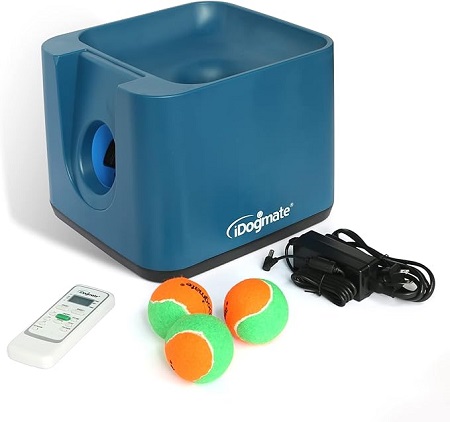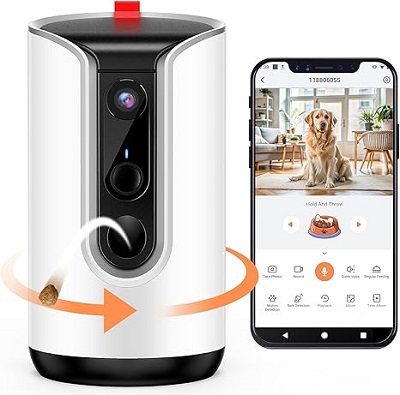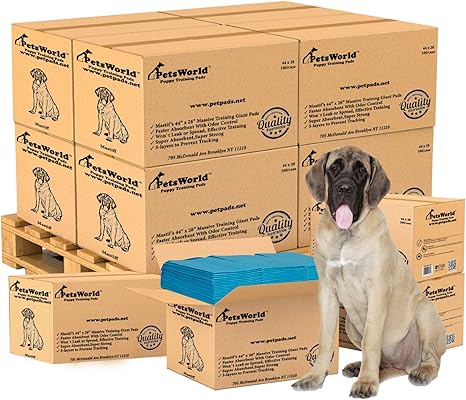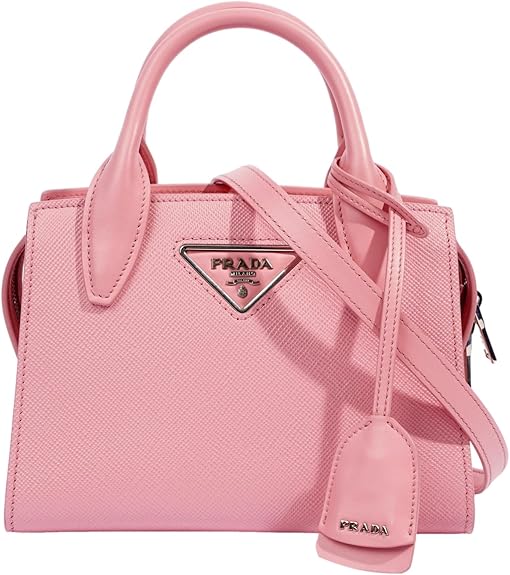How to Use CBD Oil for Pet Anxiety Relief
Introduction
- Just like humans, pets can experience anxiety from loud noises, separation, vet visits, and unfamiliar environments.
- CBD oil(cannabidiol) is a natural remedy gaining popularity for its calming effects on pets.
- This guide covers how CBD oil works, its benefits, the right dosage, and safety tips to ensure a stress-free experience for your furry friend.
1. What Is CBD Oil and How Does It Help Pets
CBD (cannabidiol) is a natural compound from the hemp plant (cannabis sativa).
Unlike THC, CBD is non-psychoactive—it won’t make pets "high".
Works by interacting with the endocannabinoid system (ECS), which helps regulate mood, sleep, and stress responses.
CBD Benefits for Pet Anxiety
Reduces separation anxiety
Calms noise phobia (fireworks, thunderstorms, loud events)
Eases travel and vet visit stress
Promotes relaxation and better sleep
CBD is not a cure-all but can significantly help manage stress and anxiety in pets.
2. How to Choose the Right CBD Oil for Your Pet
1. Look for High-Quality, Organic CBD
Choose full-spectrum or broad-spectrum CBD for maximum benefits.
Avoid products with additives, pesticides, or artificial flavors.
2. Ensure It’s THC-Free or Below 0.3%
THC (tetrahydrocannabinol) is toxic to pets.
Only buy pet-specific CBD oil with lab-tested THC levels.
Essentials for Your Newly Adopted Pet
Welcoming a shelter pet into your life is a beautiful journey. Here are some handpicked items to help your new friend feel safe, loved, and right at home:
3. Opt for CBD in Tincture or Treat Form
CBD oil tinctures are the most effective for precise dosing.
CBD-infused treats offer convenience but may have lower absorption rates.
3. How to Give CBD Oil to Your Pet
1. Direct Oral Application (Fastest Absorption)
Use a dropper to place CBD oil under your pet’s tongue (sublingually).
Absorbs quickly into the bloodstream for fast relief.
2. Mix with Food or Treats
Add CBD oil to your pet’s food or coat it on their favorite treat.
Takes 30-60 minutes to take effect.
3. Apply to the Pet’s Gums or Ears
Some pets dislike the taste—rub CBD oil on their gums or inner ear flap.
Allows slow absorption into the bloodstream.
Start with a small dose and monitor your pet’s reaction.
4. Finding the Right CBD Dosage for Your Pet
General CBD Dosage Guidelines
Small dogs/cats (up to 20 lbs) → 2-5 mg
Medium dogs (20-50 lbs) → 5-10 mg
Large dogs (50+ lbs) → 10-20 mg
Start with a low dose (0.2 mg per pound of body weight).
Observe for 30-60 minutes—increase if needed.
Divide doses throughout the day for long-lasting effects.
Always consult a vet before giving CBD to pets, especially if they have health conditions.
5. Is CBD Safe for Pets Possible Side Effects
CBD is generally safe, but some pets may experience mild side effects:
Drowsiness or lethargy
Dry mouth (increased thirst)
Lowered blood pressure (causing light dizziness)
How to Avoid Side Effects
Start with a low dose and gradually adjust.
Use high-quality, vet-approved CBD oil.
Monitor your pet’s behavior and appetite after giving CBD.
If side effects persist, stop use and consult a vet immediately.
6. When to Use CBD for Pet Anxiety
Before a stressful event (e.g., thunderstorms, travel, fireworks).
During separation anxiety episodes (e.g., when leaving for work).
Before a vet visit or grooming session.
To help restless pets sleep better at night.
Consistency is key—CBD works best when given regularly rather than only during extreme stress.
7. When to Consult a Vet
If your pet has existing medical conditions.
If your pet is on medications that may interact with CBD.
If you notice unusual side effects or worsening anxiety.
Pro Tip: Look for a holistic veterinarian who specializes in natural treatments, including CBD.
Conclusion
CBD oil is a natural, safe, and effective way to help pets manage stress and anxiety.
Choose high-quality, organic CBD with zero or minimal THC.
Administer orally, with food, or on gums/ears.
Start with a low dose and adjust based on your pet’s response.
Always monitor for side effects and consult a vet if needed.
By incorporating CBD oil into your pet’s routine, you can provide a calmer, happier life for your furry friend!
Affiliate Products
We may earn a small commission when you shop through our links — it helps us keep sharing love and care for every dog out there, at no extra cost to you.
Up to 75% Discount
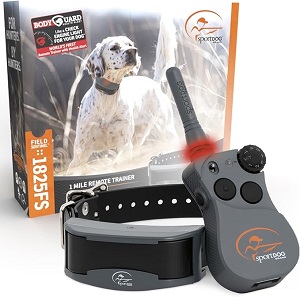
Dog Collar with Health Monitoring
BUY NOW »
Up to 55% Discount

Luxury Faux Furhuge Napping Bed
BUY NOW »
